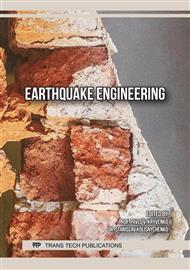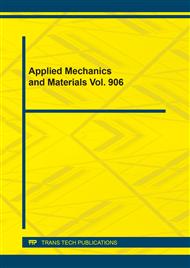p.1
p.23
p.33
p.41
p.59
p.67
p.75
p.81
p.87
Fragility Curves of RC Bridges in México
Abstract:
Large earthquakes have epicenters on the Pacific Coast of Mexico and many of them are responsible of damages in reinforced concrete (RC) bridges. The Pacific Coast is a highly active seismic zone where most of the strong earthquakes in the country occur. In this region, there are new and old RC bridges subjected to ground motions from interplate and intraplate seismic sources. This study evaluates the seismic vulnerability of ten RC bridges, with typical geometry in Mexico, and two existing bridges located close to the Pacific Coast of Mexico. The group of ten bridges includes two span lengths (20 and 40 m), two pier heights (6 and 10 m) and two substructure types (single and multi-colum piers). The bridges were designed according to the regulation codes used in practice in Mexico, and their seismic capacity (C) was evaluated with pushover analysis. The seismic demand (D) was determined using a group of more than one hundred seismic records from interplate and intraplate seismic sources. The random ratio C/D was used to assess the fragility curves of the bridges using four earthquake return periods. The results showed that the two existing bridges have similar trend of behavior and the fragility curves of the bridge models can predict the expected behavior of multi-column or single-column existing bridges.
Info:
Periodical:
Pages:
75-80
Citation:
Online since:
April 2022
Price:
Сopyright:
© 2022 Trans Tech Publications Ltd. All Rights Reserved
Share:
Citation:



